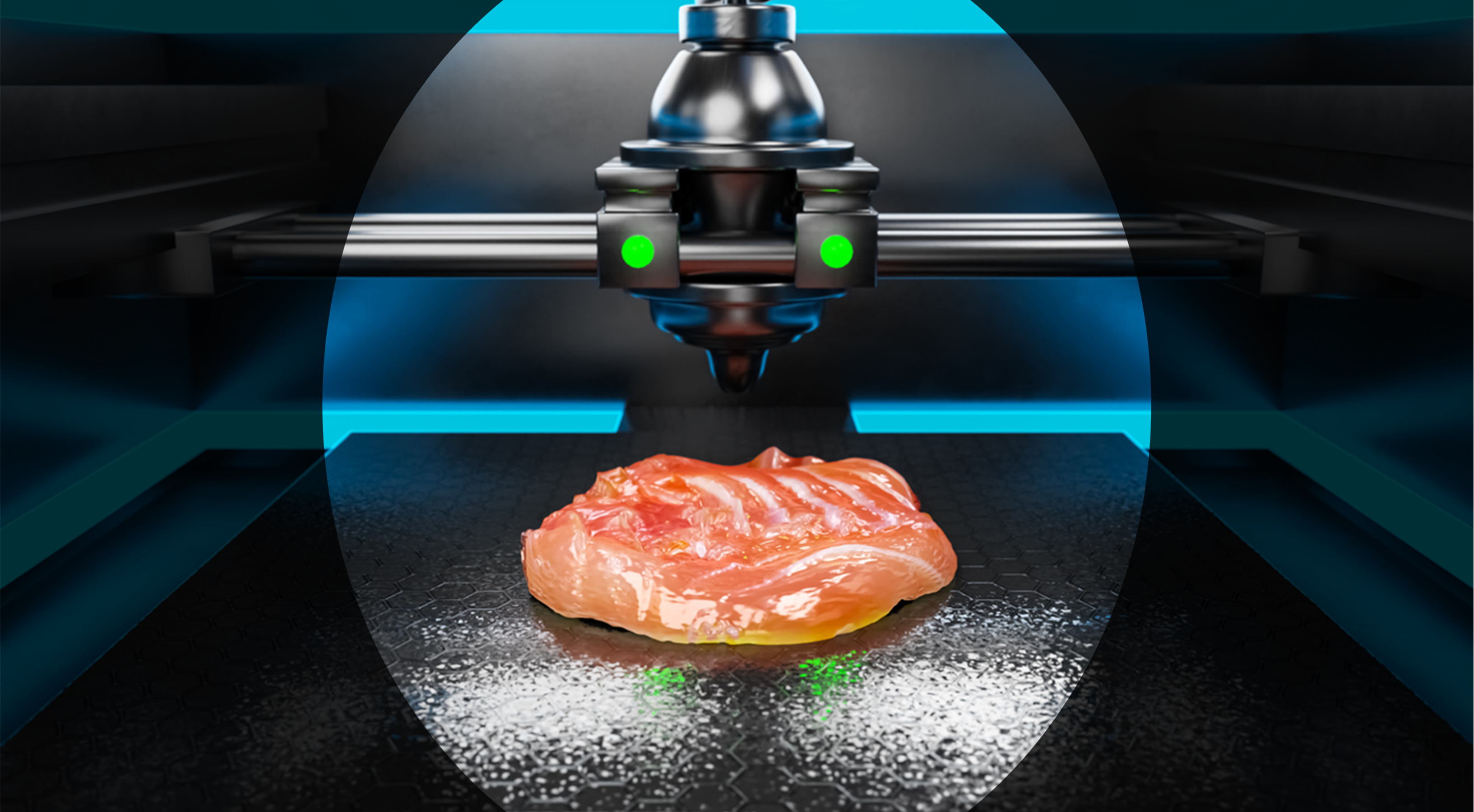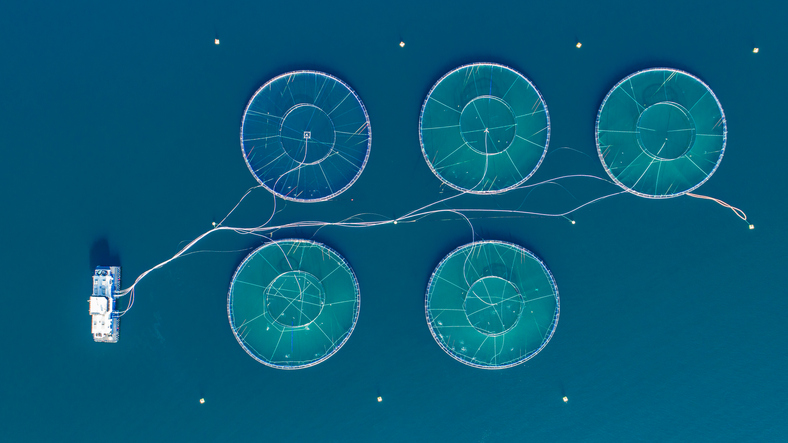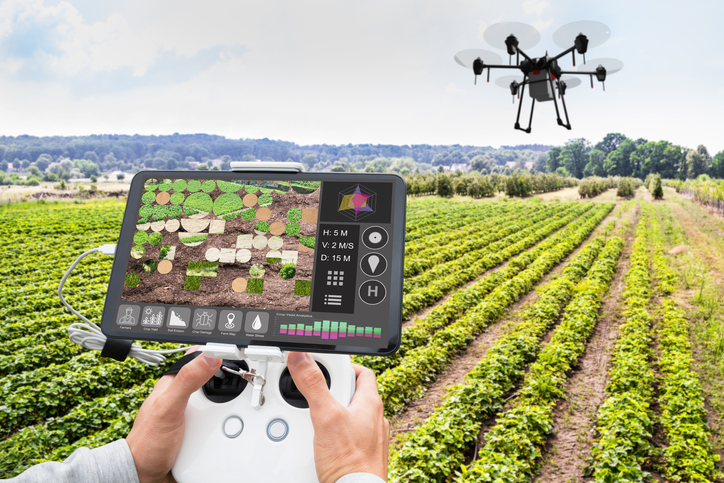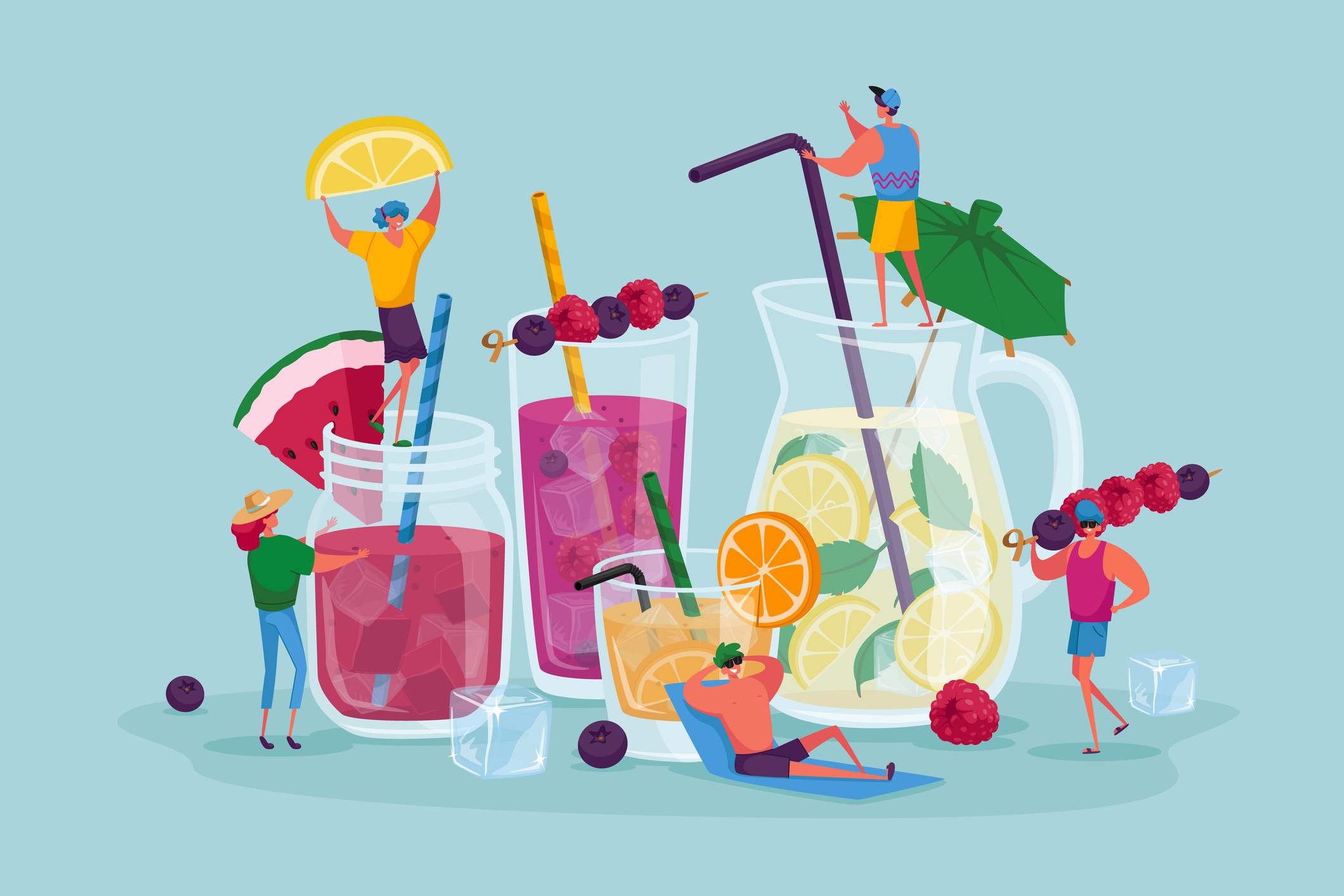What’s Next For The Food And Beverage Industry In 2024?
2023 was an overwhelming year for several industries, given the rising inflation, geopolitical unrest, and increasing penetration of AI, ML, and mixed reality around every corner. The food and beverage industry was no exception. The growth spurts were mainly driven by climate, foodtech, and consumer perception. In the 2024 outlook, we first assess the trajectory of major developments along with these broad parameters. That’s followed by focusing on the most noteworthy trends in the food & beverage industry based on their metrics, impact, and significance. Let’s get the bigger picture first:
Changing Consumer Perception
The dynamic between consumer perception and the market is a two-sided front that calls for a close assessment. On the one hand, the consumer’s perception drives trends, brand strategies, and market competition. On the other hand, brands and marketers shape consumer perception in various ways. Both sides have their own stories, and new chapters are added to each other now and then. Here are some significant highlights:
Clean And Transparent Labeling:
As more and more consumers become conscious of processed foods, the demand for clean and transparent labeling of all ingredients is uptaking the market. This year, as regulations, research reports, and third-party rating sites will raise awareness about various processing levels, buyers will look closely at the processing levels of their food & drinks and choose accordingly. Overall, the inclination will be heavier towards low-processed options with high nutritional value, sustainability, and affordability. The tussle will remind consumers of the benefits of processing while reducing environmental impact and keeping their high fat, high carb products in good books of common perception.
Growing Significance of “You Are What You Eat” Theory:
As the significance of “you are what you eat” grows in masses, there is a generic shift towards edibles that have an affirmative impact on emotional and mental well-being. IFIC (International Food Information Council) forecasts that the conscious effort toward emotional and mental well-being will further drive this momentum with increased focus on female health, mood improvement, and stress-busting eating options.
Breaking Aging Stereotypes:
This comes from the other side of the spectrum, where industry players are breaking stereotypes and helping consumers overcome aging stereotypes. Gen X, aged between 40 and 55, is now openly talking about the effects of aging and wants to shift to senior age in good shape and health. As brands focus on their needs and demands, self-care nutrition proactively addressing sleep, joints, and overall body descent will gain momentum. Middle-aged consumers are accountable not only for their own health but also for their preceding and succeeding generations; thus, the scope for offering multiple-generation nutrition and care packages will gain higher significance, creating a new niche in this segment.
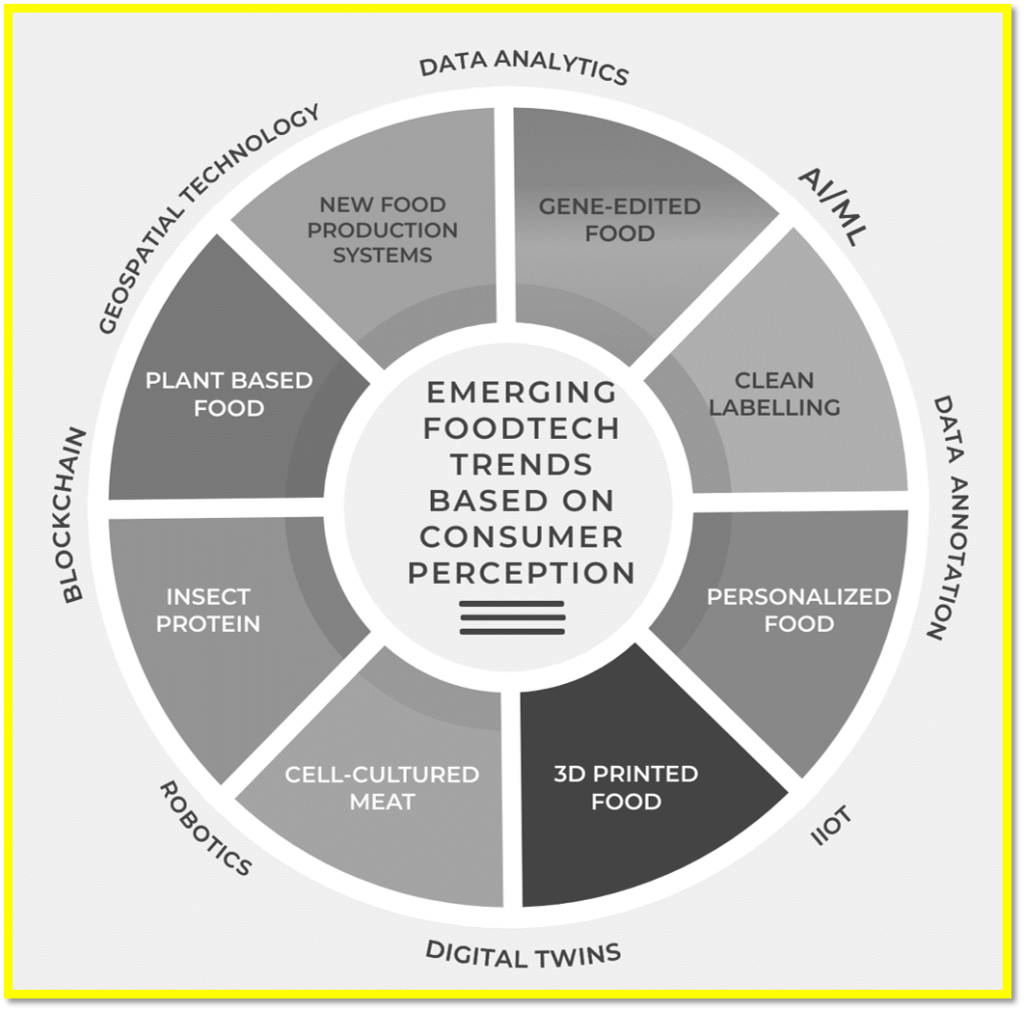
Figure: Top Foodtech Trends
Food And Beverage: Sustainability
The rising concern of sustainability resonates across this industry’s value chain. The focus area extends from crop fields to landfills filled with food and beverage packages. Each part has its own carbon and emission economics; however, concerning this year, a few major changes can be expected:
Digital Transformation:
The adoption of cloud-based platforms, AI deployment, and IIOT integration are significant updates that will lead the way in process refinement and carbon footprint reduction. The data collected from these techs will enable companies to understand consumer behavior and precisely calculate quantities and resources, reducing energy, water, and ingredient wastage.
Collaboration With Sustainable Solution Providers:
Food and beverage manufacturers have been collaborating with various sustainability to achieve their ESGs. For instance, the Beverage Industry Environmental Roundtable (BIER) has been advancing the environmental sustainability of leading global beverage firms by focusing on energy efficiency, water stewardship, container recycling, and sustainable agricultural practices. Similarly, food labs are partnering with sustainability companies to attain ACT labels (Accountability, Consistency, and Transparency) for their firms and inform their consumers about the environmental impact of their purchases.
Food And Beverage Industry: Foodtech
Technology has been streamlining almost every aspect of the food industry, from procurement to manufacturing, processing, purchasing, and optimizing utilization of groceries. Major turning points for this year will include:
Robots And Ghost Kitchens:
The automation of restaurants has paced after COVID-19, and this year, several new add-ons like robot servers, food flippers, automated delivery in eating spaces, and automated pizza and bread makers will join a higher number of eateries. Ghost kitchens, too, are moving to another level in the post-pandemic era. As the number of people ordering food online peaks to new levels, Statista estimates that the total revenues of the Online Food Delivery segment will reach $96.5 billion by 2027. Lower overhead costs, better efficiency, and upscaling trends are other drivers that will further push this trend.
AI Integration In Plate:
As more consumers use AI-based tools like ChatGPT to improve and optimize their meal plans, food safety, and nutritional goals, their expectations from the industry take a new shape. So, apart from process automation, food and beverage makers may want to take cues and incorporate AI inputs and features into their offerings, especially in marketing and retail segments.
Evolving Grocery Segment
All the changes mentioned above greatly impact reshaping the grocery segment in the retail industry. The discussion of the food & beverage industry cannot be concluded without addressing the grocery segment. Unlike the last decade, this decade sees a rise in organic, fresh, supplemental, and specialty products and the emergence of more natural and fresh food chains, independent grocery stores, and organic food retailers. Additionally, the most noteworthy change will be that each store will now have an added aisle of botanicals, replacing chemical-based supplements.
Conclusion
While all these developments in the food and beverage industry show a silver lining on environmental and technological fronts, they still face resistance from their end-users on some levels. Technical literacy remains a challenge for the elderly and specially-abled in many parts of the world, and the fear of robots replacing humans in catering and waitressing segments remains prevalent. The regulatory domain, too, still poses some obstacles that pioneering and expanding companies must address before they move into a sustainable, automated, intelligent future.
Is There More?
Yes. The food and beverage industry is a massive landscape that cannot be covered in a few paragraphs. To explore more trends and developments expected along these lines, kindly download the PDF below.
